 By Christopher Miskimon
By Christopher Miskimon
The Nazi invasion of the Soviet Union that began on June 22, 1941, involved three million German troops and their allies, against nearly five million Soviet soldiers. There has been no conflict of this scale before or since. Hitler expected it to be over in six months, with Moscow and Leningrad in German hands and the corrupt and inefficient Soviet system collapsed under the strain. Despite all their gains, the Germans advanced no farther than the outskirts of Moscow and, despite a long siege, never occupied Leningrad. In 1942, the German offensive resumed, but stalled again at Stalingrad, where after a long battle the tide turned against Germany, which never again managed to gain the initiative.
This new volume on the Eastern Front looks at it as a whole, using accounts from soldiers, officers, and civilians on both sides. The actual course of the fighting is examined, including the organization and tactics of both armies. The author also looks at how the vast size of the combat area and its terrain affected the fighting. The German attempts to control the civilian populations of their conquered territories and how those civilians dealt with their situation gets special attention as well. Finally, the book also covers each side’s logistics, production, and ability to innovate and upgrade their forces.
The German Way of War on the Eastern Front 1941-1943: A Lesson in Tactical Management (Jaap Jan Brouwer, Pen and Sword Books, South Yorkshire, UK, 208 pp., maps, photographs, appendices, bibliography, index, $42.95, HC)
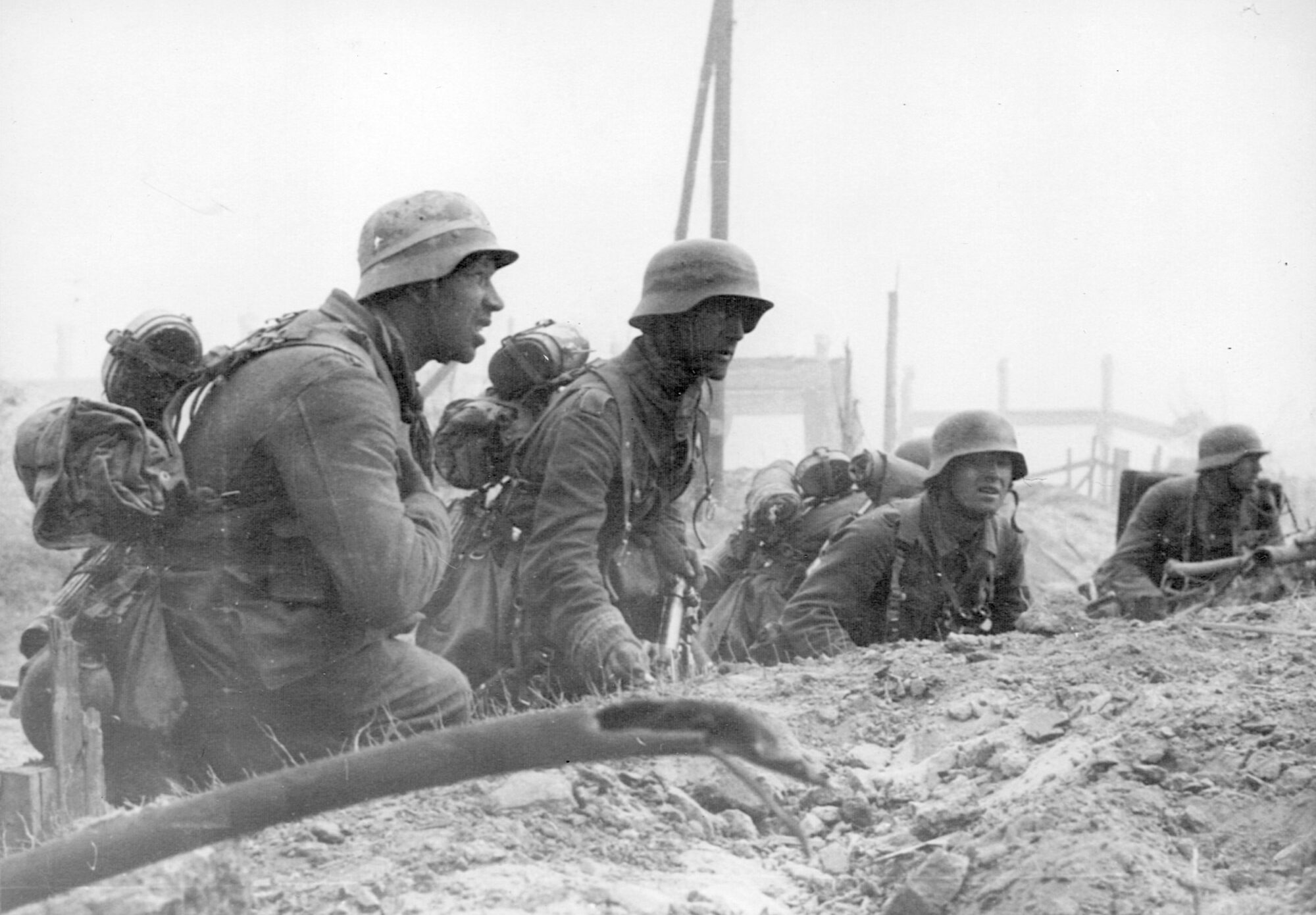
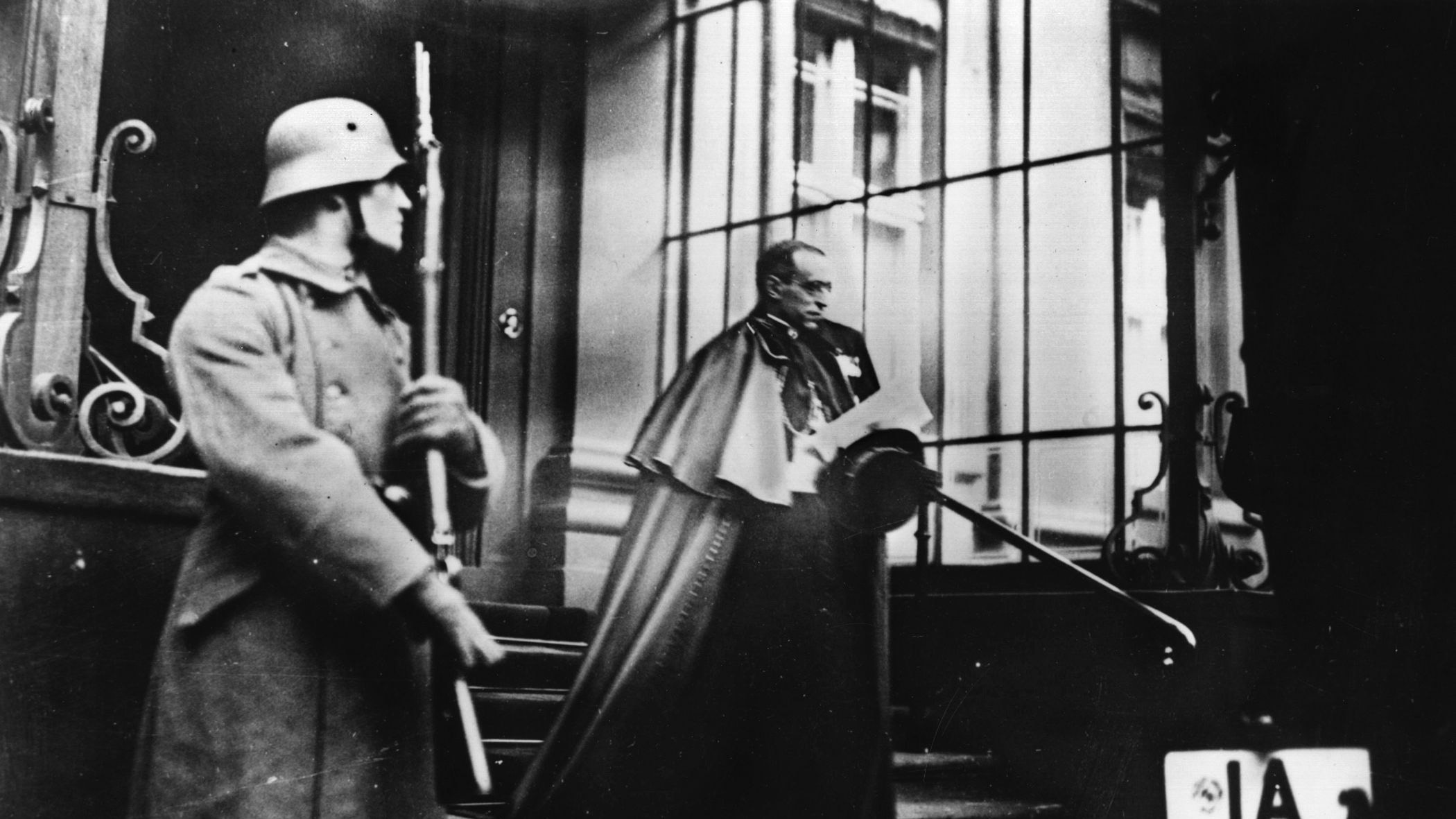
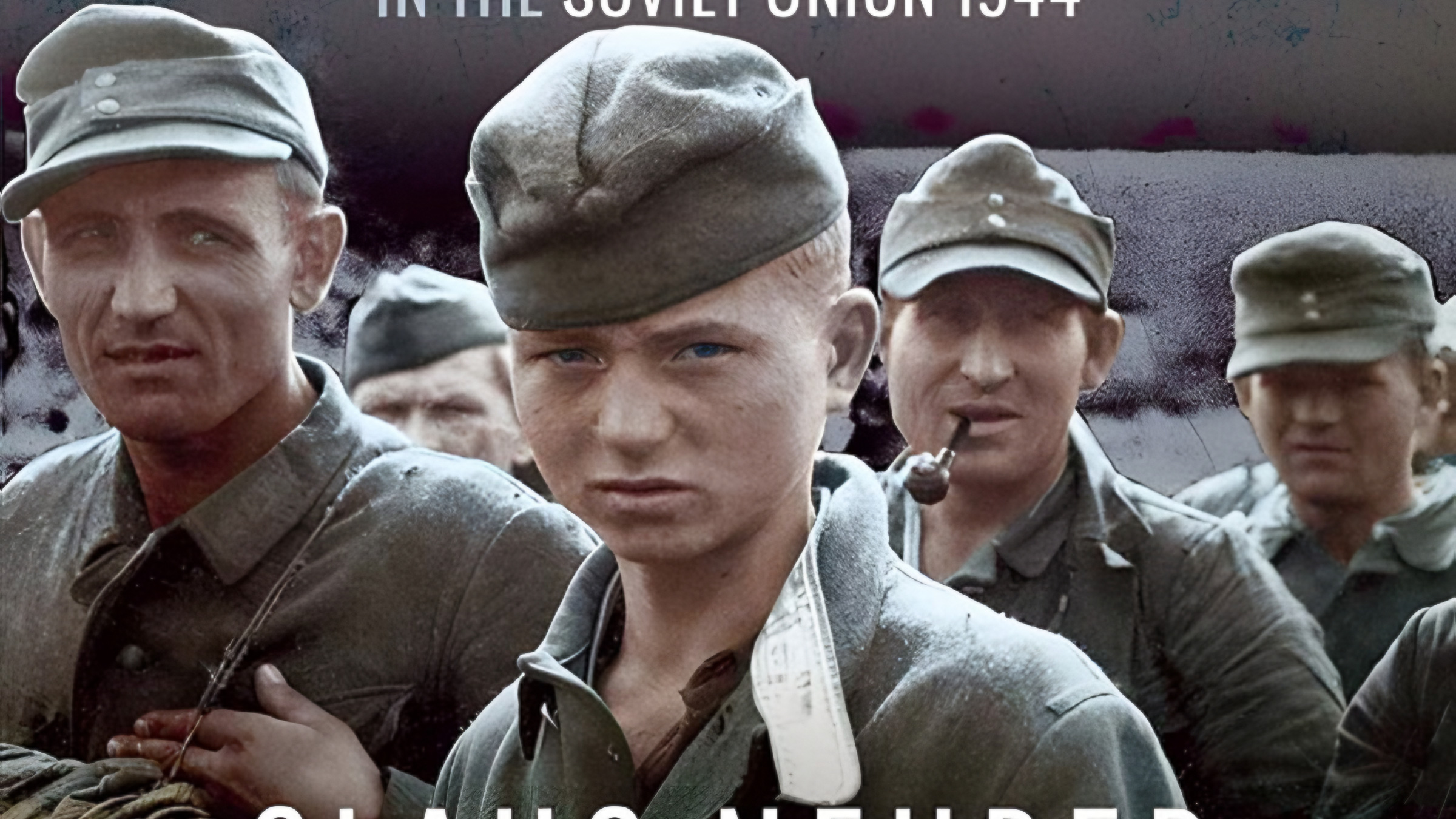

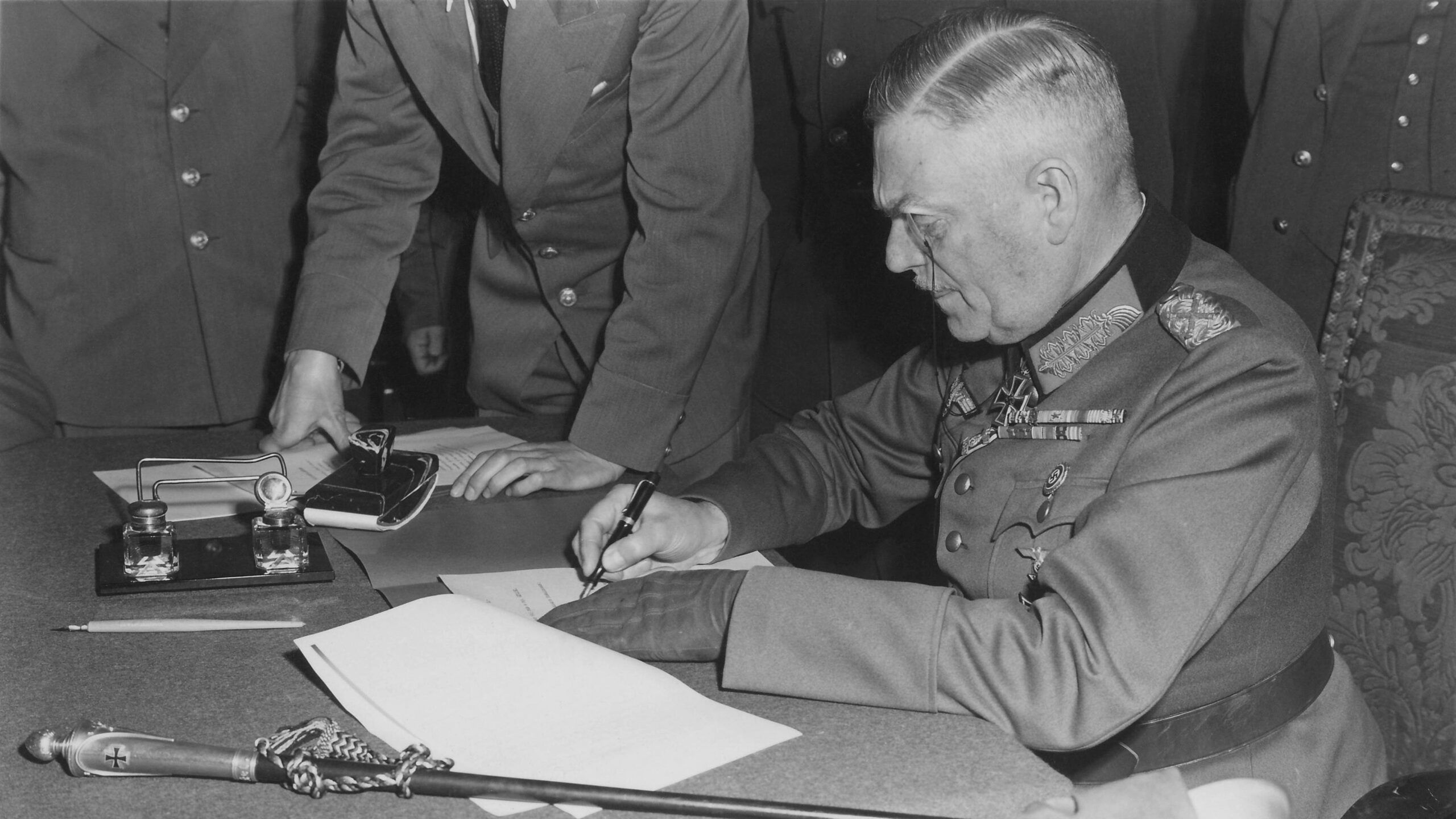
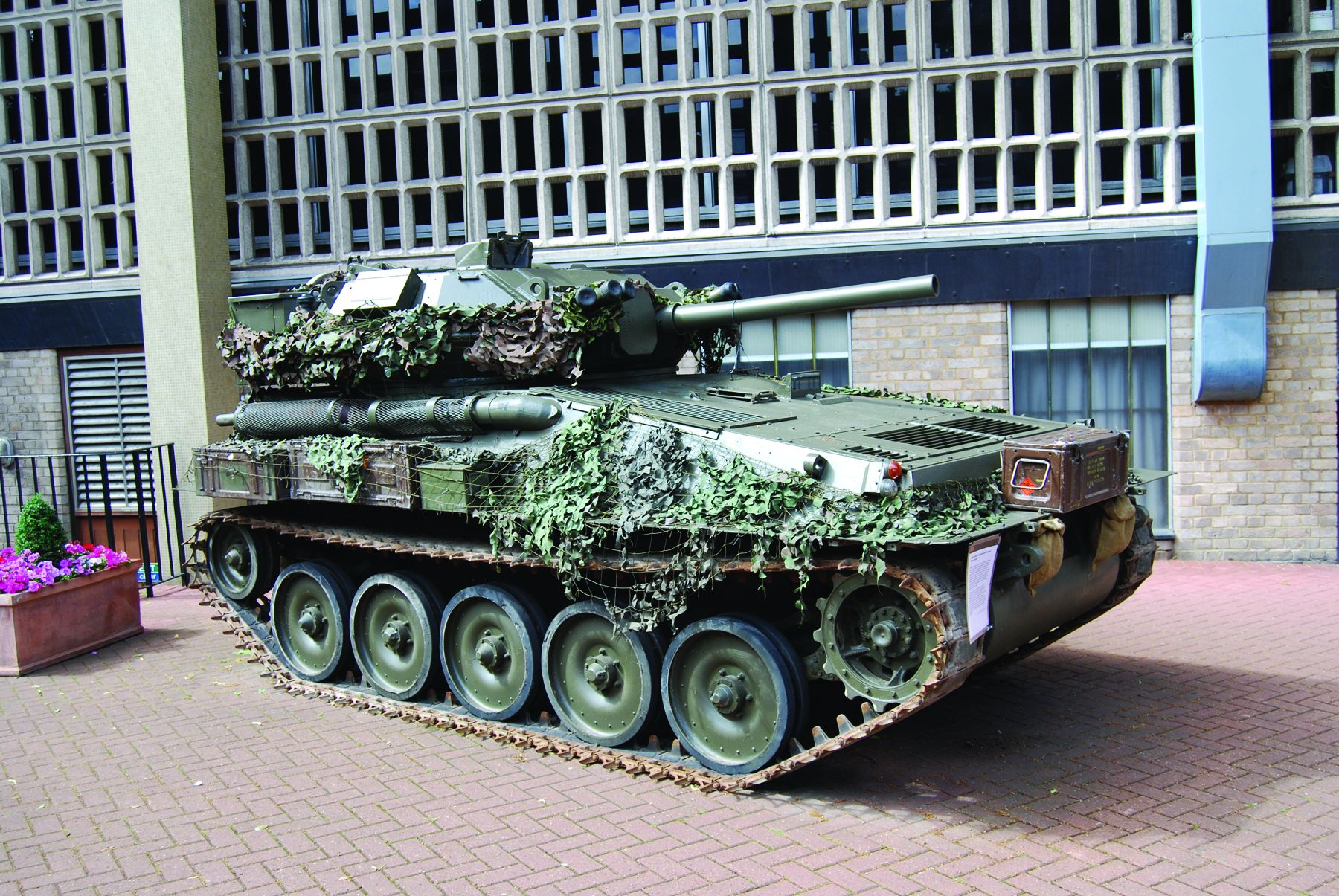
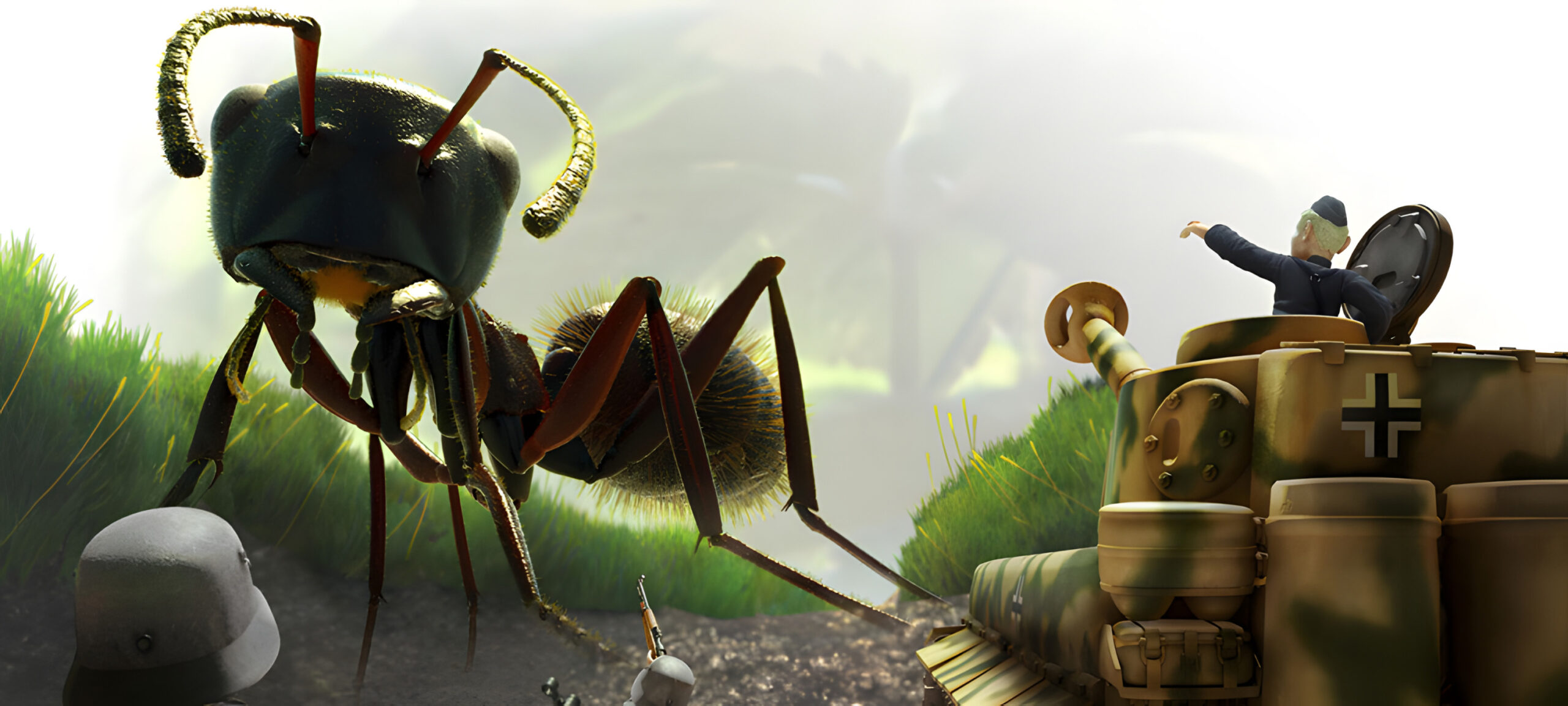
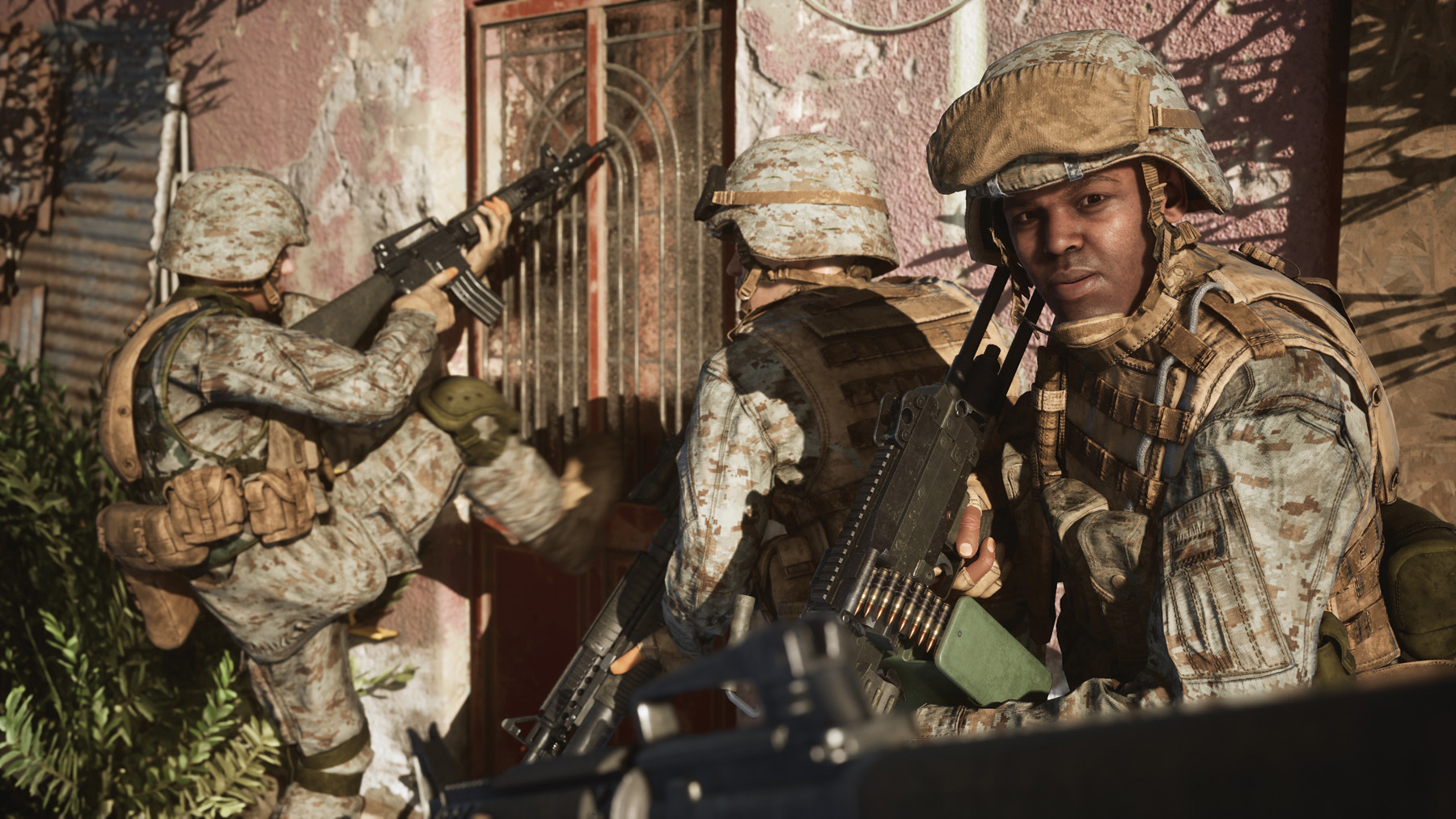
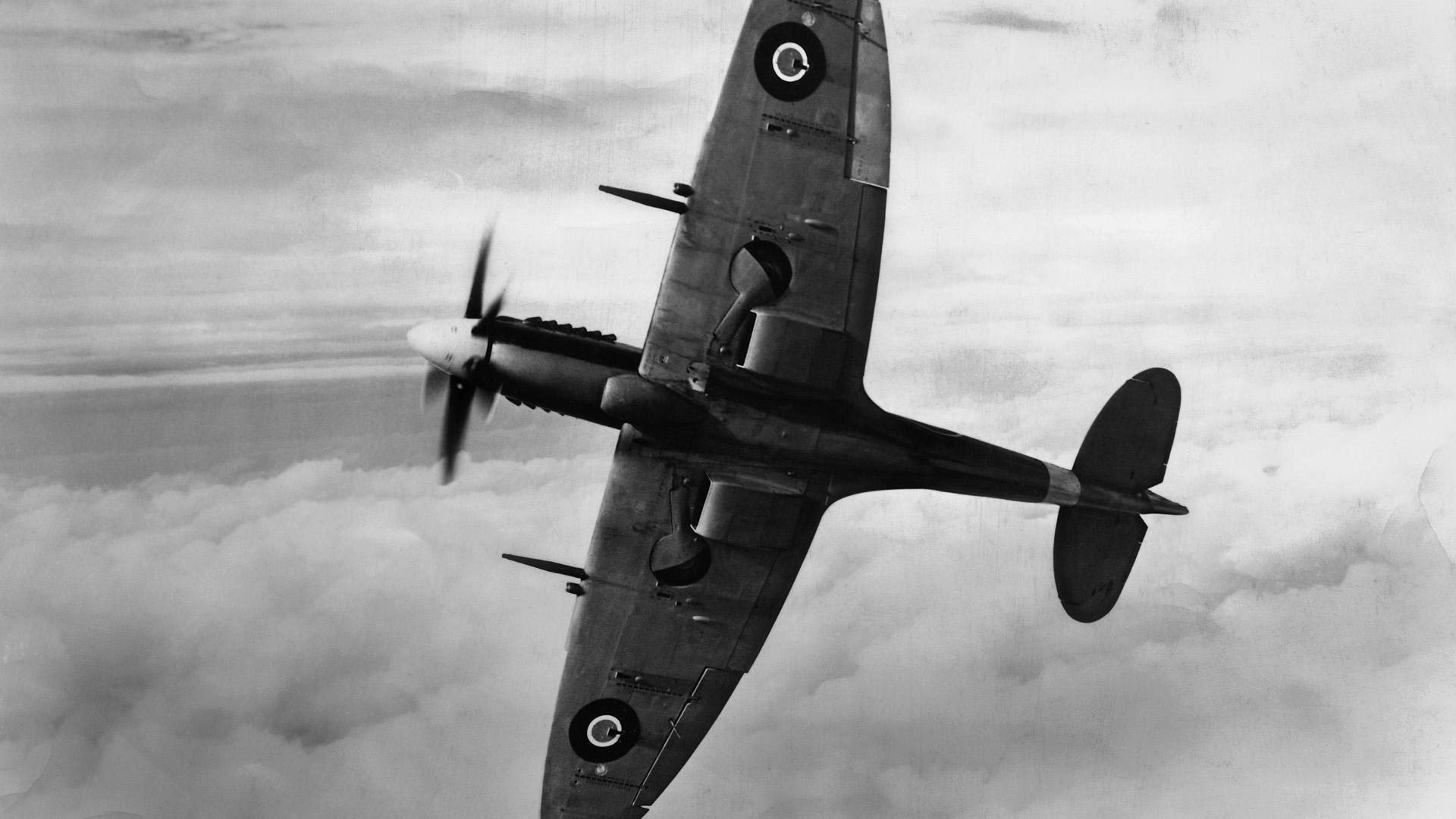
Join The Conversation
Comments
View All Comments